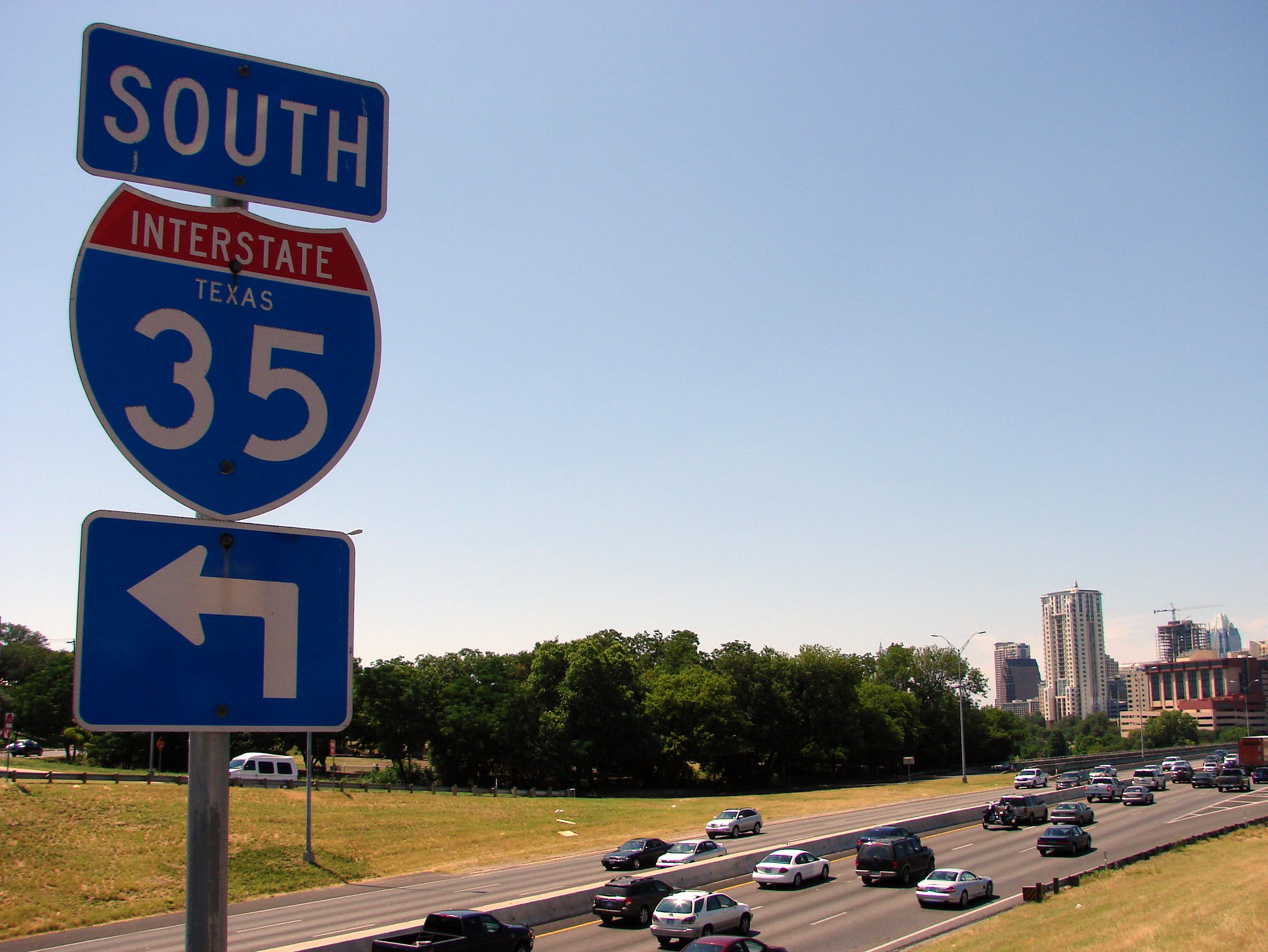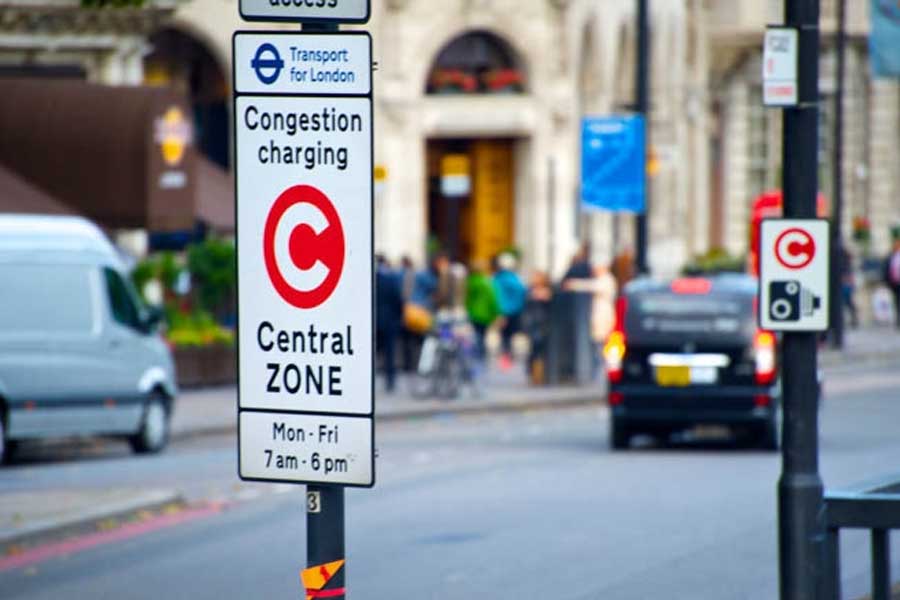Michael Andersen blogs for The Green Lane Project, a PeopleForBikes program that helps U.S. cities build better bike lanes to create low-stress streets.
For decades, protected bike lanes were a "missing tool" in American street design. Now that this is changing, bikeway design leaders are identifying a new frontier: low-stress grids.

"Separated bike lanes are part of the toolbox that get us to connected networks," said Dan Goodman of the Federal Highway Administration's Office of Human Environment.
Speaking at the Pro Walk Pro Bike Pro Place conference in Pittsburgh, Goodman said a draft 2014-2018 FHWA strategic plan prioritizes, for the first time, the enhancement of pedestrian and bicycle networks instead of just "one-off" facilities.
"We want people to be not just thinking about resurfacing one mile and having the bike lane die, especially if there's a shared-use path one block away," Goodman said. "We want to focus on filling those gaps... That's something that you'll be hearing us talk about a lot more."
Under Transportation Secretary Anthony Foxx, creating connected networks is one of four overarching policy priorities for the U.S. Department of Transportation, he said. (The others are safety, data and performance measures, and equity.)
Martha Roskowski, vice president for local innovation at PeopleForBikes, described "the network" as "where things are going."

"Protected bike lanes are just a really convenient tip of the arrow of change," Roskowksi said. "What we're really talking about is low-stress networks."
Linda Bailey, executive director of the National Association of City Transportation Officials, emphasized the ways that grids of low-traffic side streets can add to a network.
"I think there's like a complementary role that these facilities can play," she said.
Irvine-based bikeway engineer Rock Miller of Stantec said that though it's true that local streets offer important connections, the key connections in many cities will still always be on bigger streets.
"The low-stress concept works, but when you start looking at a suburban community, you realize that there's just too many topographical features that you can't get over," he said. "You just come back to where you were... having to get it on busy streets."
You can follow The Green Lane Project on Twitter or Facebook or sign up for its weekly news digest about protected bike lanes.






